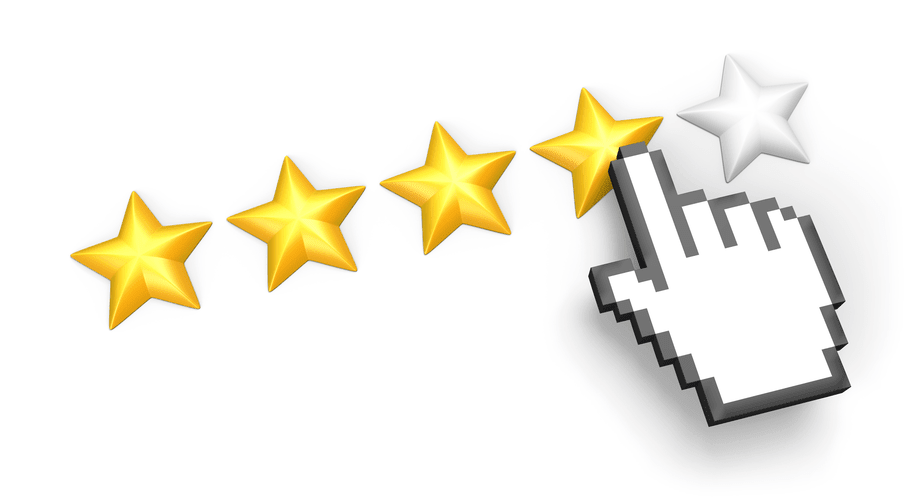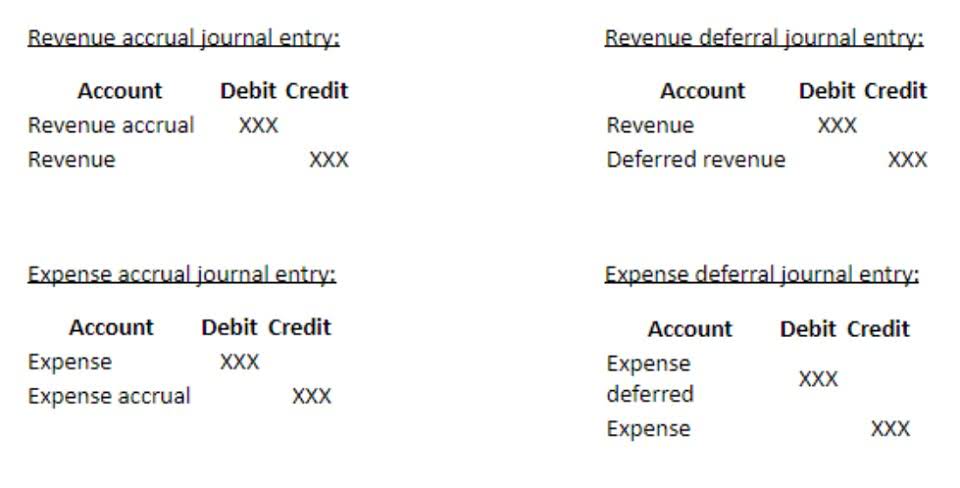
As North Carolina Attorneys, we serve people and businesses all over the State of North Carolina with assistance on a variety of legal issues. Find everything you need to know about collecting payments, processing payments, late payments, and more in this free resource. Here are our salary vs draw recommendations for owner compensation based on your business type. You can’t give yourself a little extra if the business does well.

How And When Owners Can Take Draws
To avoid penalties or a hefty tax bill, you’ll want to prepare before filing your taxes. This means budgeting for estimated quarterly payments to cover your income and self-employment taxes, which include Social Security and Medicare. Unlike a sole proprietorship or partnership where you are personally liable for business debts, an S-corp is a legally separate entity from its owner. S-corps provide you with a layer of protection for your personal assets in the event that your business can’t pay its debts or your business is sued. Each member reports their share of business income and expenses on their individual tax return form and pays applicable personal income and self-employment taxes.

Payroll Implications For Business Owners
- And again, take only from your company profits, not your overall revenue.
- Business development officers, financial advisers and bond sales representatives are examples of sales positions that might receive a draw.
- When it comes to deciding between paying yourself with an owner’s draw and a salary, the biggest thing you need to consider is your business classification.
- A salary, on the other hand, provides a stable, predictable income.
- If you set up your business as an LLC, so there’s a separate legal entity, you can elect with the IRS to be taxed differently, too.
These draws can come on a schedule or be dependent on whether the business can handle losing more equity to the owner. An owner’s draw is when a business owner takes funds out of the business for personal use. Remember, the IRS has guidelines that define what a reasonable salary is, based on work experience and job responsibilities. If you sell goods or offer your services without registering a separate business entity, you’re considered a sole proprietor.
Top 10 Tax Mistakes Small Business Owners Make and How to Steer Clear of Them
The salary your received as the owner comes to you as a paycheck by direct deposit or other payment method. You can set it up to automatically deduct payroll taxes (just recording transactions like any other employer) through a payroll tool, like Collective Payroll. If you pay yourself a salary, like any other employee, payroll taxes like federal, state, Social Security, and Medicare will be automatically taken out of your paycheck. Because your company is paying half of your Social Security and Medicare taxes, you’ll only pay 7.65% ‒ half what you’ll pay if you take an owner’s draw. When you take an owner’s draw, no taxes are taken out at the time of the draw. However, since the draw is considered taxable income, you’ll have to pay your own federal, state, Social Security, and Medicare taxes when you file your individual tax return.
- Depending on your business’s stage, the amount you take home could change.
- A non-recoverable draw differs from a recoverable draw because sales reps are not expected to repay the amount that they receive.
- In addition, you must pay taxes on your income/profit to avoid getting flagged by the IRS.
- However, it’s highly recommended that you speak with a Certified Public Accountant (CPA) or tax professional to determine the most tax-efficient and compliant way of paying yourself.
Step #6: Choose salary vs. draw to pay yourself
Bureau of Labor and Statistics website maintains a database of salaries by occupation and industry that can be a helpful guide. The IRS even requires Sales Forecasting owners of S Corps and C Corps who are involved with running the business to take salaries, which must include “reasonable” levels of compensation. However, as an employee, you’ll have to pay half of the Social Security and Medicare taxes, and your business will have to match those contributions. Running payroll can be confusing if you don’t have a background in accounting.

- You and the other members of the LLC receive draws from your business’s profits.
- A salary might be more stable and predictable, which can be beneficial for obtaining personal or business credit.
- Patty includes the K-1 on her personal tax return and pays income taxes on the $30,000 share of partnership profits.
- When you’re considering how to pay yourself from your business, take a look at your profits and expenses.
- Take a look back at the past year and give yourself a bonus that correlates to company growth after break-even.
If the owner’s draw is too large, the business may not have sufficient capital to operate going forward. Assets are resources used in the business, such as cash, equipment, and inventory. Accounts payable, representing bills you must pay every month, are liability accounts, as are any long-term debts owed by the business. She may also take out a combination of profits and capital she previously contributed. Yet, figuring out how to pay yourself as a business owner can be complicated. Log the withdrawal as a reduction in the owner’s equity, not as an expense.

An owner’s draw may offer more flexibility and lower immediate tax liability, but it requires careful tax planning to ensure self-employment taxes are accurately paid. Sole proprietors usually take money from the business in the form of a draw, which then reduces your owner’s equity. You are taxed for the overall profit of your business, no matter how much you actually draw, and you have to file it on your income tax return for the IRS. Deciding how to pay yourself as a small business owner is an important consideration, one that can have tax ramifications for your and your business. As a sole proprietor, single member LLC, or even as a partner in a partnership, you’ll be required to take an owner’s draw, for which taxes are not initially withheld. Draws can be a fixed amount paid at regular times or can be taken as needed.

